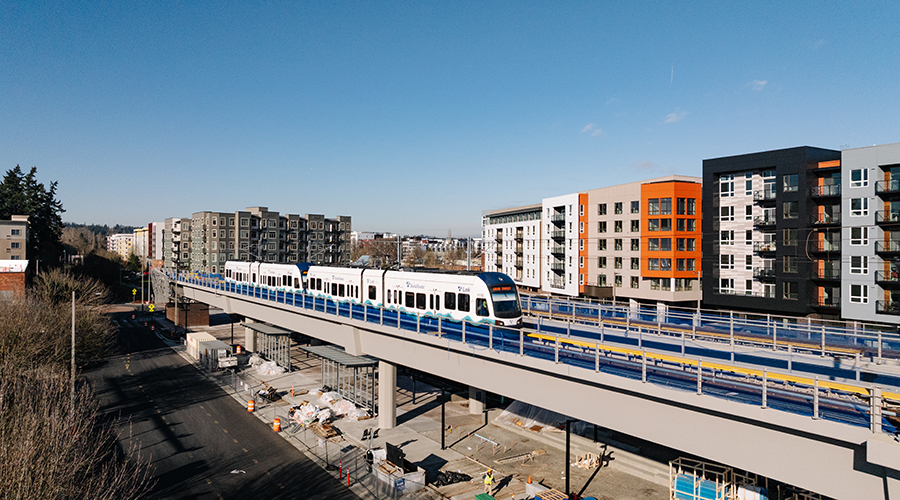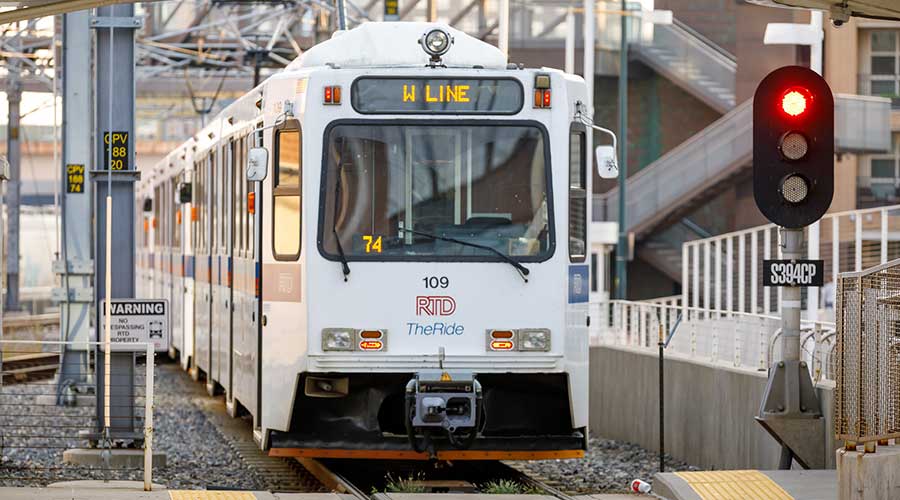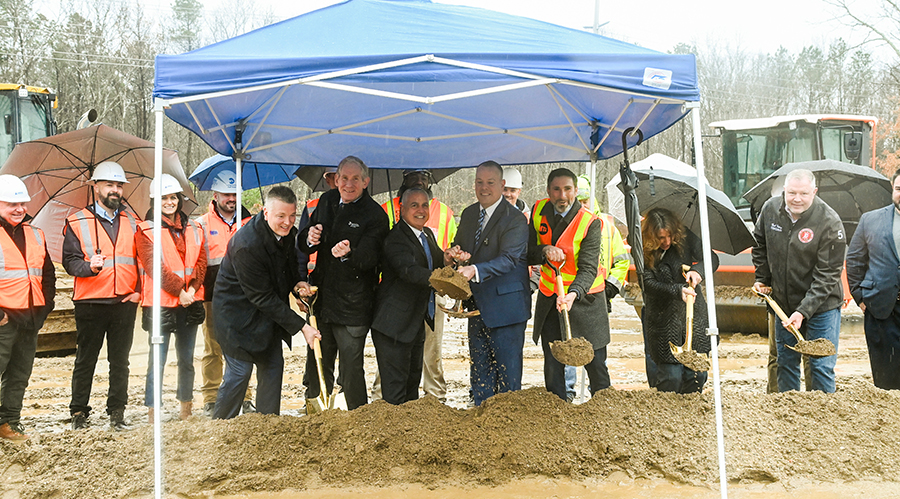Newsletter Sign Up
Stay updated on news, articles and information for the rail industry
Stay updated on news, articles and information for the rail industry
Rail News Home
Rail Industry Trends
Rail News: Rail Industry Trends
5/17/2010
Rail News: Rail Industry Trends
Baird report: Export coal, intermodal volumes help railroads beat traffic expectations
advertisement
Domestic freight capacity is tightening, constraining intermodal and truckload capacity, while strong seasonal demand is driving rail volumes, according to Robert W. Baird & Co. Inc.’s “Domestic Truck, Intermodal and Rail Trends” report for May.
Last month, freight volume registered the highest year-over-year increase of any month in the past two decades, although volume growth benefited from an easy comparison in 2009, the report states. Increased sales activity, inventory replenishment and more normal inventory ordering cycles helped drive up freight volumes.
North American rail traffic, which is up 17 percent so far in the second quarter, is beating consensus expectations primarily because of intermodal and export coal volumes, the report states. Export coal opportunities will drive year-over-year coal traffic gains for the remainder of 2010, Baird analysts predict. However, coal stockpiles remain elevated, limiting upside in the near term despite utilities’ strong winter burn that drew down their stockpiles from record levels, the analysts said.
Meanwhile, the strong fall harvest for corn, wheat and soybeans, and positive outlooks for animal feed and ethanol demand should continue to drive railroads’ agricultural product volumes through most of 2010, the report states. Export grain volumes might moderate because of a more favorable outlook for the South American winter harvest.
In the intermodal sector, intermodal marketing companies (IMCs) have begun ordering containers to respond to current capacity constraints and “secular trends away from truckload to intermodal,” Baird analysts said in the report. Domestic intermodal container volumes likely will continue to gain marketshare from over-the-road truckload because of higher fuel prices, “scale efficiencies” and better rail service, the report states. International intermodal volume growth reemerged in the first quarter due to U.S. inventory replenishment and export growth — “a trend we expect to continue through the remainder of the second quarter,” Baird analysts said.
Tight truckload and intermodal capacity will support rate hikes as IMCs “pass through second-quarter pricing increases by the rails,” they said, adding that pricing growth benefits likely will be more fully realized in the second half.
Last month, freight volume registered the highest year-over-year increase of any month in the past two decades, although volume growth benefited from an easy comparison in 2009, the report states. Increased sales activity, inventory replenishment and more normal inventory ordering cycles helped drive up freight volumes.
North American rail traffic, which is up 17 percent so far in the second quarter, is beating consensus expectations primarily because of intermodal and export coal volumes, the report states. Export coal opportunities will drive year-over-year coal traffic gains for the remainder of 2010, Baird analysts predict. However, coal stockpiles remain elevated, limiting upside in the near term despite utilities’ strong winter burn that drew down their stockpiles from record levels, the analysts said.
Meanwhile, the strong fall harvest for corn, wheat and soybeans, and positive outlooks for animal feed and ethanol demand should continue to drive railroads’ agricultural product volumes through most of 2010, the report states. Export grain volumes might moderate because of a more favorable outlook for the South American winter harvest.
In the intermodal sector, intermodal marketing companies (IMCs) have begun ordering containers to respond to current capacity constraints and “secular trends away from truckload to intermodal,” Baird analysts said in the report. Domestic intermodal container volumes likely will continue to gain marketshare from over-the-road truckload because of higher fuel prices, “scale efficiencies” and better rail service, the report states. International intermodal volume growth reemerged in the first quarter due to U.S. inventory replenishment and export growth — “a trend we expect to continue through the remainder of the second quarter,” Baird analysts said.
Tight truckload and intermodal capacity will support rate hikes as IMCs “pass through second-quarter pricing increases by the rails,” they said, adding that pricing growth benefits likely will be more fully realized in the second half.


 LRW Honors Amtrak’s Acheson As Railway Woman Of The Year
LRW Honors Amtrak’s Acheson As Railway Woman Of The Year
 From Editor-In-Chief Foran: Of Gender Equity And Inclusion
From Editor-In-Chief Foran: Of Gender Equity And Inclusion
 Spotlight On Some Of Today’s Rail Safety Products
Spotlight On Some Of Today’s Rail Safety Products
 Women of Influence in Rail eBook
Women of Influence in Rail eBook
 railPrime
railPrime







